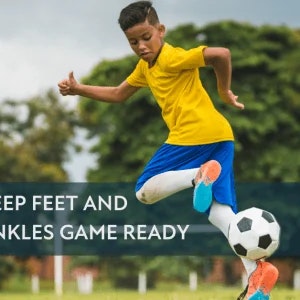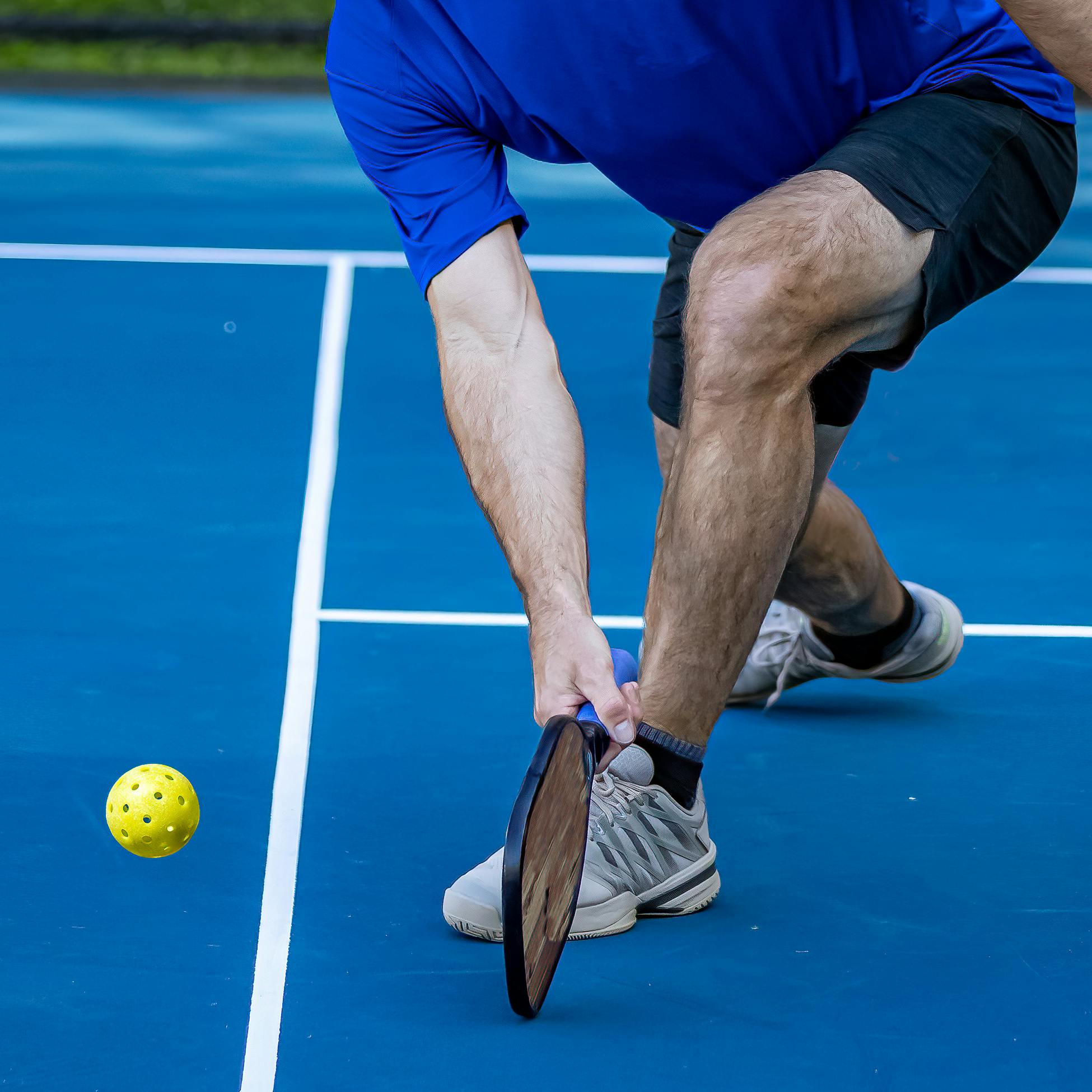Active kids are healthy kids! Whether your child is part of a summer league or engages in their own sporting fun and goals, it’s great to support all the positive effects and lessons athletics can bring.
With any physical activity, however, can come the risk of a sports injury. This can be particularly frustrating when a kid who’s always in motion is forced to slow down or stay sidelined due to a foot or ankle problem.
While we’re here to treat children’s sports injuries if and when they happen, we’re happier to see them avoided in the first place!
So for all those parents of future Olympians out there, here are some things you should keep in mind for keeping feet and ankles in top condition.
Warm-Up and Cool Down
Stress the importance of stretching before and after workouts and games. This prepares tendons and muscles for activity, helping to avoid injuries such as tendonitis and sprains.
For feet and ankles, good stretches include:
1. Heel raises
2. Ankle inversions/eversions
3. Plantar and dorsi flexions
Even just sitting with your legs out in front of you and drawing the letters of the alphabet in the air with your toes can be an effective warm-up! After the activity, stretching helps the muscles transition back to a more restful state, lowers the buildup of lactic acid, and maintains flexibility.
Don’t Let Them Overdo It
Trying to push yourself too hard, too quickly is a common cause of many sports injuries. Our bodies have the gift of growing stronger by recovering from the forces we place them under, but forcing them past what they are able of bearing is a ticket to the sidelines.
One frequent example is stress fractures. When you run, the impact of your feet against the ground gradually weakens the bones. When given proper rest, these bones recover and grow stronger. But if you forego proper rest and keep pushing it with running, the bones never get the chance to strengthen and may instead develop painful hairline cracks.
A general rule of thumb is to increase the intensity of activity by no more than 10% every week. Staying beneath this threshold will help prevent overuse injuries. This may mean 10% more time or 10% more distance.
Know the Signs of Pain
That strive to improve upon personal bests or not let the team down can be strong; even to the point where a child might try to hide signs that they are hurt or in pain. They may fear that having to rest or be treated for something will make them miss out on the activities they love. It’s true; we can’t deny that.
But the alternative of trying to keep playing with an injury often results in complications that lead to much, much more time off the field! Not only does playing on an injury increase the risk of worsening that injury, but altering the way you play and move to adjust for it can pave the way for brand new problems!
Explain to your child how important and better it is to take care of problems early before they get worse. Even then, you should be watchful for signs of pain and discomfort in your child.
It’s not always an obvious impact or accident that causes a problem. Sever’s disease for example, is a common cause of heel pain in athletic children from 7-14 years and comes as a result of natural growth, not injury. It still needs care, though!
Be on the lookout for tells such as:
1. Consistent discomfort during or after play
2. Limping or favoring one side while running
3. Rubbing the ankle or shifting feet regularly during activity
4. Pain that doesn’t improve with rest
It’s not unreasonable to pull a child from play if these signs are evident, and coaches should be aware of this, too.
At South Texas Foot Specialists, our goal with sports injuries is always to get an athlete back to action as quickly and as safely as possible. This does not mean cutting corners when we don’t believe the patient is ready, but it does mean helping the patient stay active in other ways and ensuring they return in great condition.
Our offices are happy to take patients of all ages for any foot or ankle problems they may have. Schedule an appointment by calling our League City office at 281-334-5032, our Friendswood office at 281-996-9546, or our Pearland office at 281-485-0505.




